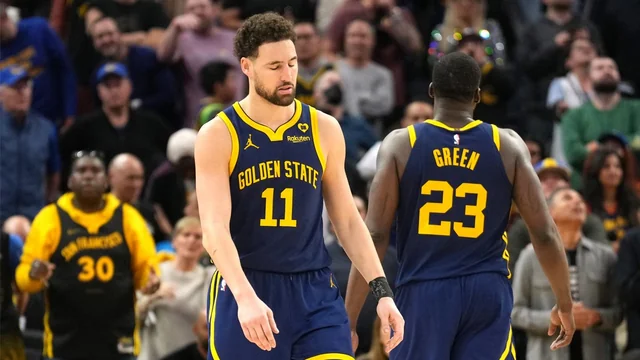
Ranking top 15 center targets for Suns at veteran minimum in 2024 NBA free agency
The Phoenix Suns need to improve their center rotation this summer, but as we’ve seen from our hypothetical Jusuf Nurkic trades, it may not be as easy as it sounds.
As a second tax apron team, the Suns can’t take back more salary than they send out in any trade, and they also can’t aggregate outgoing contracts to trade for a higher-salaried player. So if they traded Nurk, they’d have to find a suitor that would want him and also be willing to send Phoenix a better center who makes less than his $18.2 million. Oh, and the Suns will only have this year’s No. 22 overall pick and their 2031 first-rounder to offer as sweeteners.

There simply aren’t a lot of trade partners that can check all those boxes! More than likely, trading Nurkic would be for an upgrade on the wing. The Suns need help there, but if they moved Nurk for such a player, they would then have to work out another subsequent deal to plug up their new hole at the 5. Nassir Little and David Roddy trades can only do so much, and Grayson Allen isn’t trade-eligible until Oct. 15.
So what does that mean? Barring some real creativity from the front office, Nurk will be the Suns’ starting center to begin the 2024-25 NBA season, and Phoenix will have to settle for finding depth behind the Bosnian Beast.
To be fair, Nurkic was nowhere near as bad as he’s been portrayed. The Suns outscored their opponents by 9.2 points per 100 possessions with Nurk on the floor this season (the second-best mark on the team behind only Royce O’Neale) and were outscored by 3.8 points per 100 possessions whenever he sat (trailing only their -4.1 Net Rating whenever O’Neale sat).

Nurkic helped in several key areas where he doesn’t get enough credit. According to The BBall Index, he ranked in the NBA’s 97th percentile in screen assists per 75 possessions, helping free up the Big 3 with bone-crunching picks. Nurk was an elite rebounder on both ends, ranking in the 88th percentile and 98th percentile in offensive and defensive rebounds per 75 possessions, respectively, all while leading the league in boxouts.
Despite his unavoidable defensive flaws, Nurk was engaged around the rim, holding opponents to 8.6 percent worse shooting at the basket than they’d normally shoot. He contested the 14th-most shots at the rim in the league, and posted the 13th-best defensive field goal percentage among all players who contested at least 300 shots at the rim.
In the playoffs, however, he became unplayable. It was a major disappointment considering the Minnesota Timberwolves were one of the few teams in the West that he — on paper, at least — should’ve been able to stay on the court against. By the end of that first-round sweep, Phoenix had gone completely small, reinforcing a quiet takeaway from those impressive on/off-court numbers: The Suns had zero reliable options behind Jusuf Nurkic at the 5.

Bearing all that in mind, the Suns need to be on the hunt for backup centers who can log heavier minutes in those matchups where Nurkic’s lack of defensive mobility and poor finishing around the rim become glaring issues again. They should target more athletic, rim-running bigs; bigs who can protect the rim and be somewhat switchable on the perimeter; and bigs who can stretch the court offensively.

We’ve already covered some potential Suns draft targets at the center position, so today we’re turning our attention back to free agents. Unlike our 20 pie-in-the-sky targets, these names stand a better chance of being attainable at the veteran minimum, which is all the Suns have to offer outside free agents this summer.


Leave a Reply